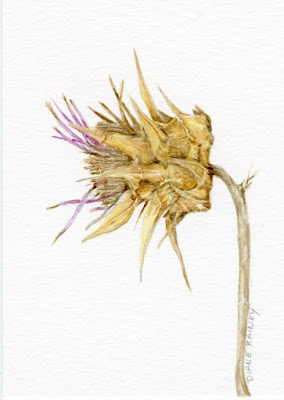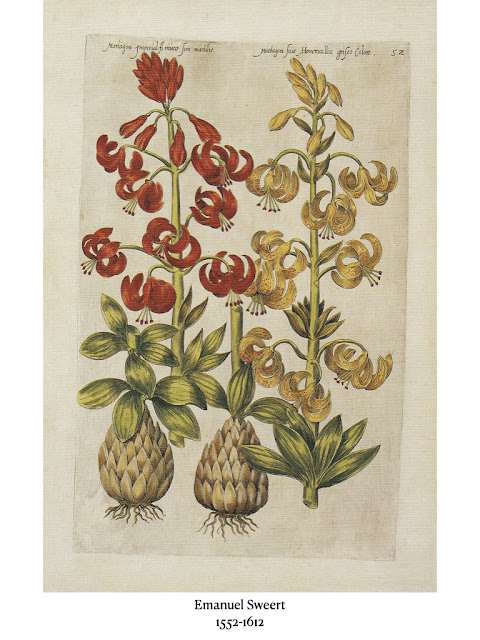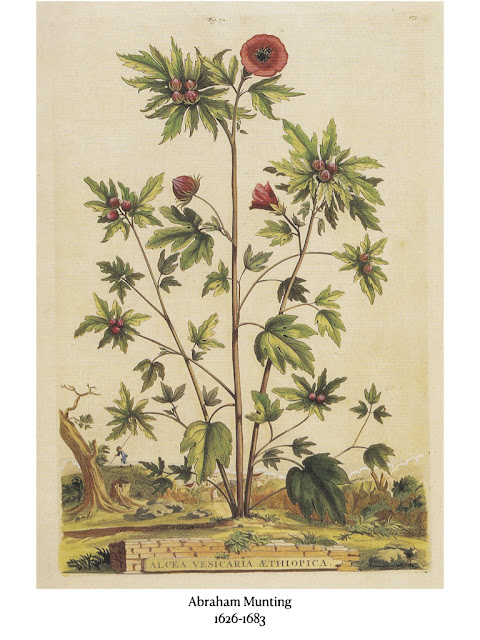Big shout out to Linda Koffenberger for the two wonderful presentation she shared with us during Open Studio.
The following two slide presentations show examples of some of the best botanical illustrations created over a 400 year period. The first presentation covers illustrations from the 1500’s and 1600’s, during a period of rapid discovery of new plants from around the world. The second covers illustrations from the 1700’s and 1800’s - the Golden Age of Botanical Art - when the best European artists combined scientific accuracy with personal expression and artistic skill to create illustrations of unmatched beauty.
Perhaps browsing through these might give you some ideas for your own illustrations.
PRESENTATION ONE
Hortus Eystettensis, published in 1613 contained 367 images of over 1000 varieties of flowering plants done by Basel Besler for Johann Konrad von Gemmingen, Prince Bishop of Eichstatt, who grew every known plant of his day. First to show plants from the Americas - including fruits, cacti took 16 years, using copper engraving plates - actual size. Arranged the plants for aesthetic reasons
Crispin de Passe published small book of engravings in 1614 of common garden flowers. The book was arranged by seasons. The book was published as uncolored engravings along with detailed instructions on how to color them. His use of landscape and insects and butterflies was copied by many later botanical artists.
Theodor de Bry was the first illustrations are the first accurate European descriptions of American Flora and Fauna and were immediately popular. These are hand-colored engravings
Emanuel Sweert worked for Emperor Rudolf II to produce a book that would serve as a reference for growers as well as a sales catalog. His florilegium contained 110 engravings depleting 500 plants. Very popular and was repeatedly reissued between 1614 and 1655.
Daniel Rabel was court painter for Maria de Medici, regent of France. He published his Theatrum Florae containing 69 precise and beautiful engravings in 1622
Giovanni Battista Ferrari was the first illustrator to publish a book exclusively of citrus fruit. It was published in Rome in 1646. it contains 100 engravings. The use of the scrolled ribbons was a novelty popular then and with collectors today.
Jean Baptiste Monnoyer was a highly successful French painter. These are examples from his portfolio of 12 botanical engravings - all tied with a bow!
Johann Christoph Volckamer was a wealthy Nuremberg merchant who could afford to maintain hothouses for tropical plants. He borrowed the style of Giovanni Battista Ferrari but went further and added detailed landscapes. which are popular among collectors.
Abraham Munting was a Dutch botanist and medical doctor who became director of the Hortus Botanicus at Groningen at the age of 32 and served there to his death in 1683. (33 years). His Phytographia Curiosa continued 245 images published in the Netherlands numerous times between 1696 and 1713. The images were often larger than life.


































